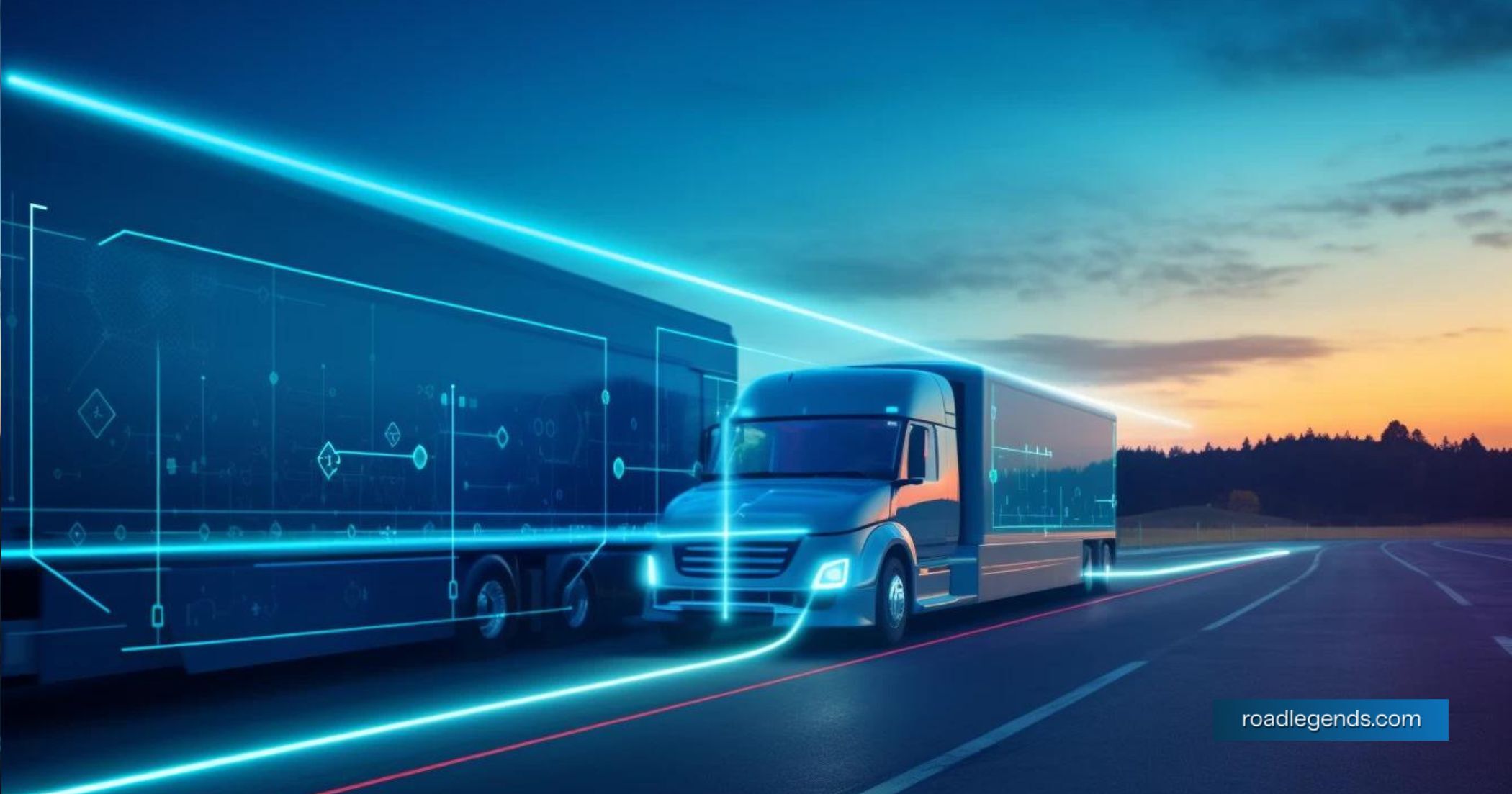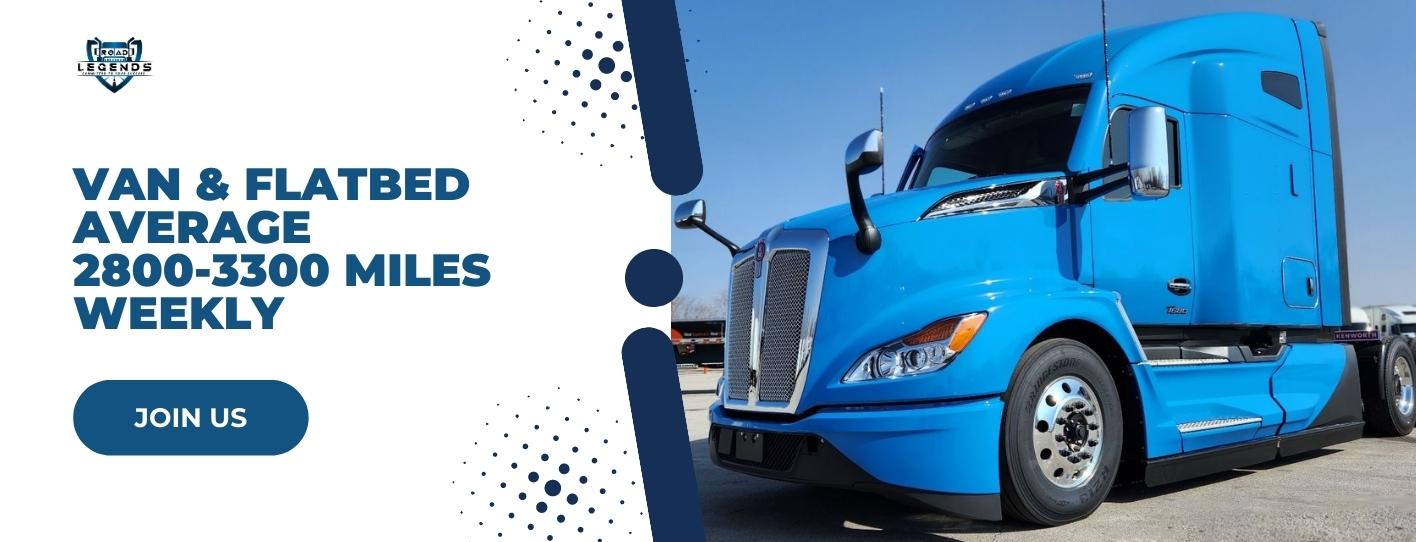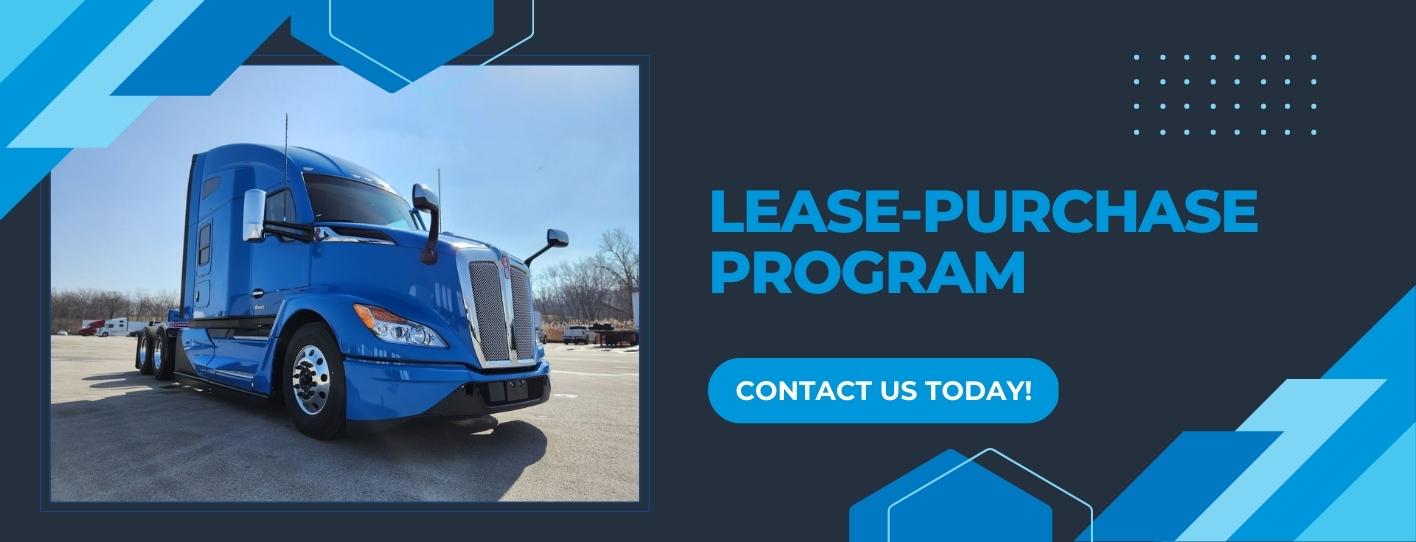
16 Ways Artificial Intelligence is Impacting Trucking
Artificial Intelligence (AI) has emerged as a game-changer in various sectors, and the trucking industry is no exception. From optimizing routes and fuel efficiency to enhancing safety and improving fleet management, AI is revolutionizing the way trucks operate on the road. Let’s find out the power and impact of AI in the trucking industry by exploring the benefits it brings, the challenges it addresses, and the future possibilities it unlocks.
Enhancing efficiency and optimizing operations with AI
AI is revolutionizing the trucking industry by enhancing operational efficiency. Intelligent route planning and optimization algorithms minimize travel time and maximize fuel economy. Fuel efficiency and cost reduction are achieved through AI-powered systems that analyze various factors influencing fuel consumption. Predictive maintenance utilizes AI to monitor vehicle health, reducing breakdowns and optimizing fleet management. AI is also streamlining supply chain and logistics operations, ensuring timely deliveries and inventory management. Let’s talk in detail below.
Intelligent route planning and optimization
AI-powered route planning algorithms consider real-time traffic data, weather conditions, and other variables to optimize truck routes. By analyzing historical and current data, AI systems can identify the most efficient routes, reducing travel time and fuel consumption. These intelligent systems can adapt to dynamic situations, providing drivers with real-time updates and alternative routes to avoid traffic congestion or road closures. Intelligent route planning and optimization not only improve efficiency but also enhance customer satisfaction by ensuring timely deliveries.
Fuel efficiency and cost reduction
AI plays a crucial role in improving fuel efficiency and reducing operational costs in the trucking industry. Advanced AI algorithms analyze various factors such as load weight, road conditions, and driving behavior to optimize fuel consumption. AI systems can provide real-time feedback to drivers, promoting fuel-efficient driving techniques. Additionally, AI-powered predictive analytics can identify patterns and anomalies in fuel usage, enabling companies to implement strategies to reduce fuel waste. By leveraging AI for fuel efficiency, trucking companies can significantly reduce their operational costs and minimize their environmental impact.
Predictive maintenance for fleet management
AI-driven predictive maintenance is transforming fleet management by optimizing vehicle maintenance schedules. Using sensors and data analytics, AI systems monitor key parameters such as engine performance, tire condition, and fluid levels in real-time. By analyzing historical data and detecting patterns, AI algorithms can predict potential maintenance issues before they escalate into major breakdowns. This proactive approach enables companies to schedule maintenance and repairs at convenient times, minimizing downtime and improving fleet availability. Predictive maintenance not only enhances operational efficiency but also prolongs the lifespan of vehicles, reducing overall maintenance costs.
Streamlining supply chain and logistics
AI technologies are streamlining the supply chain and logistics operations in the trucking industry. AI-powered systems analyze vast amounts of data related to inventory levels, customer demand, and delivery routes. By optimizing these variables, AI can identify the most efficient routes, minimize empty truck miles, and improve load consolidation. Additionally, AI-driven demand forecasting and inventory management systems enable companies to optimize stock levels and reduce inventory holding costs. With improved supply chain visibility and efficiency, trucking companies can enhance customer service, reduce costs, and maintain a competitive edge in the market.
Revolutionizing safety and risk management
AI is revolutionizing safety and risk management in the trucking industry by leveraging advanced technologies. Real-time monitoring and early warning systems equipped with AI algorithms can detect potential risks such as driver health issues, fatigue, distraction, and hazardous road conditions. These advancements in safety technologies are improving road safety and reducing the likelihood of accidents in the trucking industry.
Real-time monitoring and early warning systems
Real-time monitoring and early warning systems utilize AI technologies to detect and mitigate potential risks on the road. Advanced sensors and AI algorithms monitor driver behavior, vehicle performance, and environmental conditions. By analyzing data in real-time, these systems can detect signs of driver fatigue, distraction, or erratic driving. Early warning alerts are provided to the driver and fleet managers, enabling timely interventions and reducing the risk of truck driver accidents. Real-time monitoring and early warning systems enhance safety by proactively addressing potential risks and promoting safe driving practices.
Driver assistance and safety features
AI-powered driver assistance features are improving safety in the trucking industry. These features include collision avoidance systems, adaptive cruise control, and lane departure warnings. By utilizing sensors and AI algorithms, these systems can detect potential hazards, provide alerts, or take corrective actions.
For example, collision avoidance systems can automatically apply brakes in emergency situations, reducing the risk of rear-end collisions. Adaptive cruise control adjusts the vehicle's speed to maintain a safe distance from other vehicles. Lane departure warnings alert drivers when they unintentionally drift out of their lane. Driver assistance features enhance safety by assisting drivers in avoiding potential accidents.
AI-enabled video analytics for accident prevention
AI-enabled video analytics systems analyze video footage from cameras installed in trucks to identify risky driving behaviors such as tailgating, aggressive maneuvers, or distracted driving. By detecting these behaviors, AI algorithms can provide valuable insights for driver training and behavior modification. Additionally, these systems can assist in accident investigations by providing accurate data and visual evidence. AI-enabled video analytics contribute to accident prevention by identifying high-risk behaviors, promoting safe driving practices, and improving overall road safety.
Transforming driver experience and well-being
AI is revolutionizing the trucking industry by transforming the driver experience and prioritizing driver well-being. Intelligent driver assistants, fatigue and distraction monitoring systems, and training and skill development programs are enhancing driver performance, safety, and overall job satisfaction.
Intelligent driver assistants
Intelligent driver assistants provide real-time feedback, guidance, and support, improving driver performance and safety on the road. From collision avoidance systems to adaptive cruise control, these AI-enabled assistants enhance situational awareness and assist in making critical driving decisions.
Fatigue and distraction monitoring
Fatigue and distractions pose significant risks to truck drivers. AI-based fatigue and distraction monitoring systems utilize advanced technologies such as facial recognition and eye tracking to detect signs of fatigue or distraction in real time. These systems issue alerts to drivers, reminding them to take breaks or refocus their attention, thus preventing accidents caused by driver fatigue or distractions.
Training and skill development
AI-driven training and skill development programs are empowering truck drivers to enhance their capabilities and stay updated with industry trends. Virtual reality (VR) simulations, online training modules, and personalized learning platforms equipped with AI algorithms enable drivers to receive targeted training, practice challenging scenarios, and improve their skills. Such programs contribute to professional growth, job satisfaction, and increased confidence among truck drivers.
Advancing autonomous trucking with AI
AI is propelling the advancement of autonomous trucking, revolutionizing the industry by introducing various levels of automation. From driver assistance systems to fully autonomous trucks, AI is reshaping the future of transportation.
Level 1-5 automation: understanding the spectrum
Autonomous trucking operates on a spectrum that encompasses five levels of automation. Level 1 involves basic driver assistance features, while level 5 signifies complete autonomy without human intervention. Understanding this spectrum is crucial for evaluating the capabilities, limitations, and potential risks associated with different levels of autonomous trucking.
AI-powered sensors and perception systems
AI-powered sensors and perception systems are the eyes and ears of autonomous trucks. These advanced technologies, including lidar, radar, and cameras, gather real-time data about the surrounding environment, enabling the truck to perceive and analyze its surroundings accurately. By interpreting this data, AI algorithms facilitate decision-making and ensure safe navigation for autonomous trucks.
Data-driven decision-making for autonomous trucks
Autonomous trucks heavily rely on data-driven decision-making. AI algorithms process vast amounts of sensor data, including road conditions, traffic patterns, and vehicle dynamics, to make real-time decisions. These decisions encompass navigation, route planning, speed adjustments, and responding to unexpected situations. By leveraging data-driven decision-making, autonomous trucks can operate efficiently, optimize fuel consumption, and ensure a smooth and safe transportation experience.
Overcoming challenges and ethical considerations
While AI offers numerous benefits, it also poses challenges and ethical considerations that need to be addressed to ensure responsible and safe implementation in the trucking industry.
Data privacy and security
The use of AI in the trucking industry involves the collection and analysis of vast amounts of data. Ensuring data privacy and security is crucial to protecting sensitive information and preventing unauthorized access or misuse. Robust cybersecurity measures, data encryption, and strict data governance policies are essential for maintaining the privacy and integrity of driver and operational data.
Liability and legal implications
As AI takes on more responsibilities in autonomous trucking, questions regarding liability and legal implications arise. Determining accountability in the event of accidents involving autonomous trucks, establishing regulations, and defining the legal framework are complex issues that need to be addressed to ensure a smooth transition to a future with AI-powered trucks.
Human workforce transition
The integration of AI and autonomous trucks raises concerns about their impact on the human workforce. As automation increases, there will be a need to manage the transition for truck drivers, whose roles may evolve or be replaced. Supporting retraining programs, facilitating job transitions, and addressing potential socio-economic impacts are critical to ensuring a smooth transition for the human workforce.
The future possibilities and implications of AI in trucking
The future possibilities of AI in the trucking industry are vast and exciting. From fully autonomous trucks to AI-enabled predictive maintenance and advanced logistics optimization, the potential for AI to revolutionize the industry is immense. However, careful consideration of implications such as job displacement, regulatory frameworks, and ethical guidelines will be crucial to harnessing the full potential of AI in a responsible and sustainable manner.

Best 11 Trucking Podcasts We Bet You’ll Actually Enjoy
Country playlists and radio talk had their charm, but podcasts have completely changed the game for drivers. Check out this list of the 11 best trucking podcasts.

6 Practical Ways To Manage Truck Downtime Before It Costs You
Truck downtime can drain your revenue and hurt customer satisfaction. Discover simple, proactive steps to reduce downtime, improve fleet performance, and keep your trucks on the road where they belong.

Driver’s Knee Got You Down? Here’s How to Fight Back
Spending long hours on the road can lead to knee pain, known as Driver’s Knee. Learn how truckers can prevent and manage this common issue.

